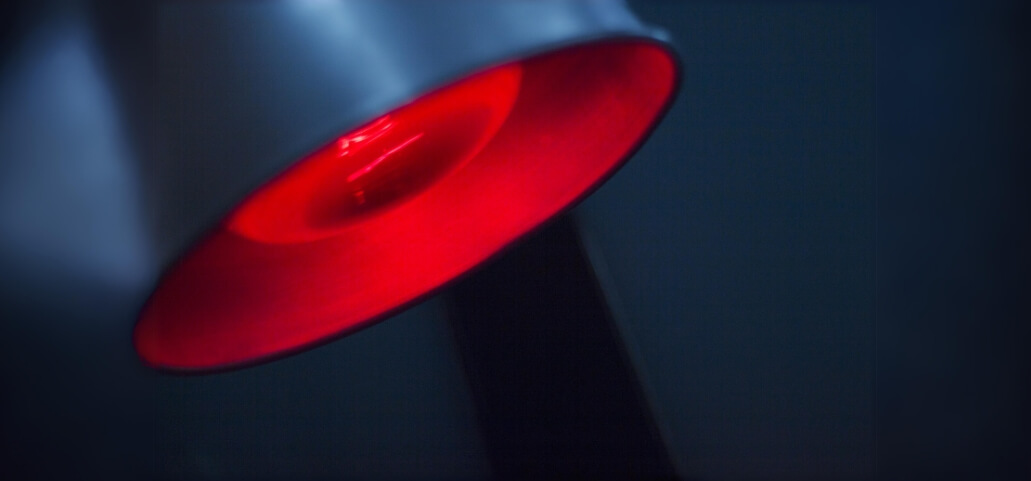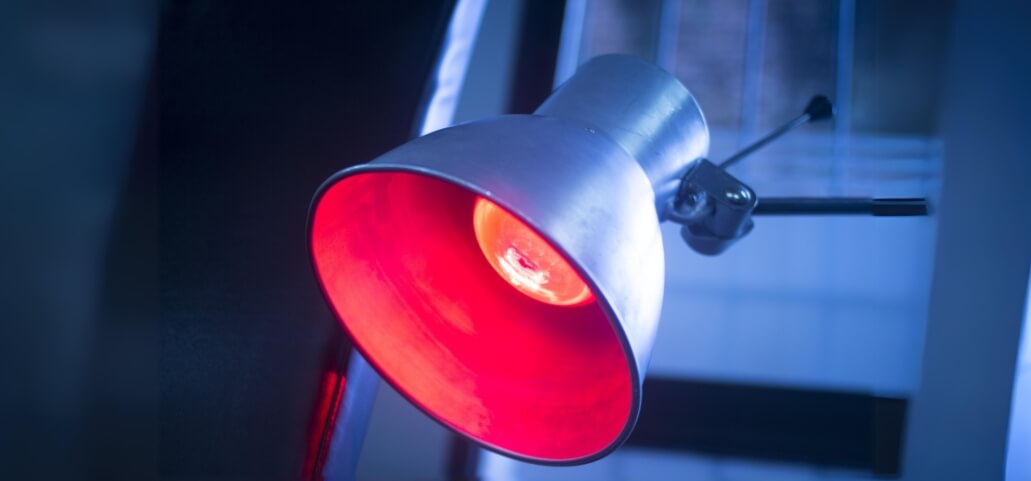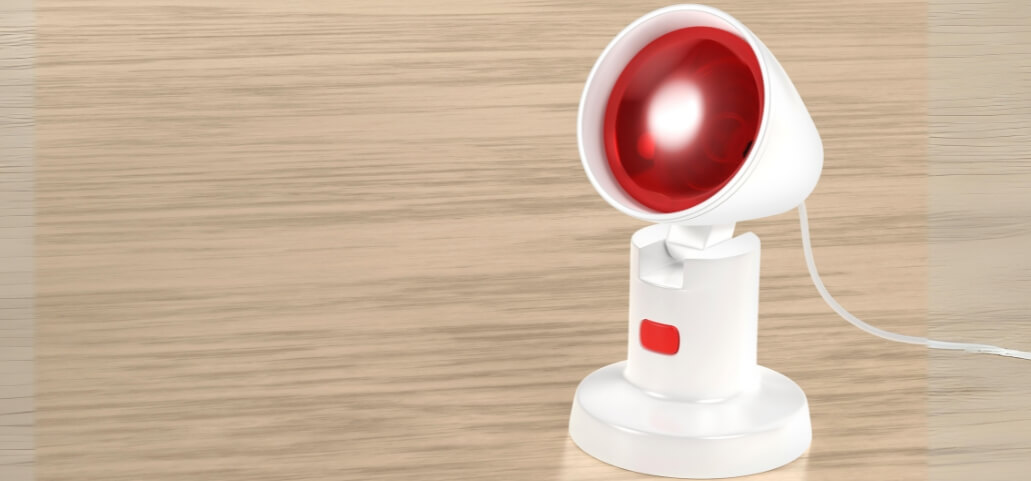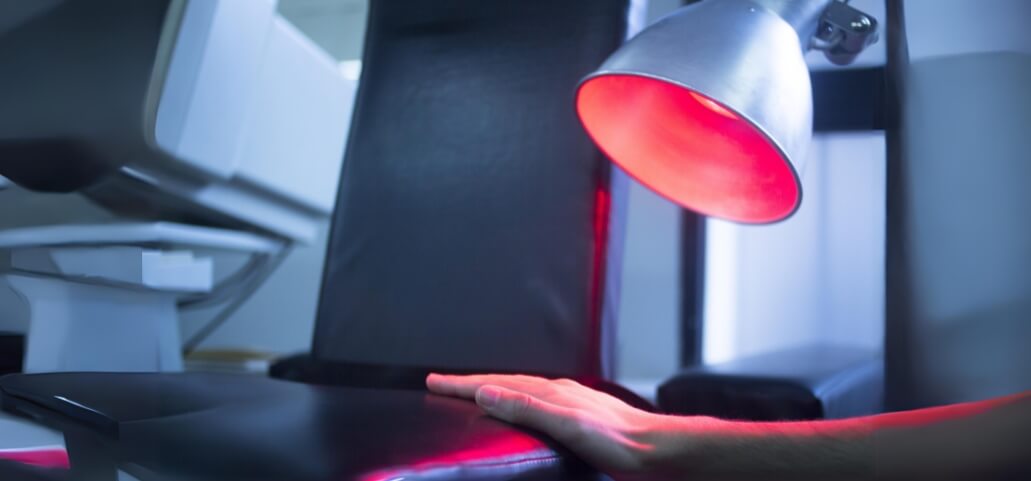Are you curious about how much electricity does a heat lamp use? If so, you’re at the proper spot. In this article, we will explore and answer the question. It’s important to comprehend how much energy heat lights use for both financial and environmental reasons. By delving into this topic, we will provide you with valuable insights to help you make informed decisions when it comes to how much electricity does a heat lamp use efficiently and effectively. Now let’s get started and learn how much electricity these common heating appliances use.
Understanding How Much Electricity Does A Heat Lamp Use
Types of Heat Lamps and Their Power Ratings
There are many varieties of heat lamps, and each has a different power rating. The power rating of a heat lamp tells you how much energy it uses to run. Different heat lamps have different wattage ratings, ranging from lower wattages such as 50 watts to higher wattages like 250 watts or more.
Factors Influencing Energy Usage
Wattage and Power Consumption
The wattage of a heat lamp directly correlates with its power consumption. Simply put, the higher the wattage rating, the more electricity it consumes. Running a 100-watt heat lamp for the same amount of time as a 250-watt or 500-watt light uses less power
Operating Hours and Usage Patterns
Another significant factor that affects energy usage is the number of hours a heat lamp operates and its usage patterns. The longer a heat lamp operates, the more electricity it consumes over time. Additionally, usage patterns, such as continuous operation or intermittent use, can impact overall energy consumption.
Note: It’s worth noting that specific information regarding how much electricity a particular heat lamp uses can be found on the product’s packaging or in its specifications provided by the manufacturer.
Understanding these factors can help individuals make informed decisions about choosing energy-efficient how much electricity does a heat lamp use based on their specific needs and preferences while considering their electricity consumption requirements.
Measurement of Electricity Usage in Heat Lamps
Watts vs. Kilowatt-Hours (kWh) Explanation
When considering electricity usage in heat lamps, it’s essential to grasp the difference between watts and kilowatt-hours (kWh). Watts represent the power consumption rate at a specific moment, indicating the amount of energy the heat lamp uses per hour. Kilowatt-hours, on the other hand, track the real energy used over time. For instance, a 100-watt heat lamp consumes 100 watts of electricity per hour it operates.
Calculating Energy Consumption for Different Wattages
You must multiply the wattage of a heat lamp by the number of hours it runs in order to determine how much energy it uses over time. For example, if you have a 150-watt heat lamp running for 5 hours a day:
- Energy Consumption = Wattage × Hours of Operation
- Energy Consumption = 150 watts × 5 hours = 750 watt-hours
To convert this to kilowatt-hours (kWh) for a more practical understanding considering most utility bills are in kWh, you divide the watt-hours by 1000:
- Energy Consumption in kWh = Watt-hours / 1000
- Energy Consumption in kWh = 750 watt-hours / 1000 = 0.75 kWh
By understanding these concepts you can determine how much electricity your heat lamp will use.
Variations in Electricity Usage Among Different Heat Lamps
Comparison of Energy Efficiency Among Heat Lamp Types:
When evaluating how much electricity does a heat lamp use, their energy efficiency varies based on the type and design. For instance, some modern heat lamps integrate advanced technologies, such as infrared heating elements or LED-based systems, offering higher energy efficiency compared to traditional incandescent or halogen bulbs. Understanding these differences in energy efficiency among various heat lamp types helps in choosing models that consume less electricity while providing adequate heat.
Differences in Power Consumption based on Design and Technology:
The power consumption of heat lamps can significantly differ based on their design features and incorporated technologies. For instance, heat lamps employing newer technologies like LEDs or infrared heating elements often have lower power consumption while generating comparable or even superior heat output compared to conventional models. Additionally, variations in design, such as better insulation or reflective surfaces, can affect how efficiently heat is distributed, influencing overall power consumption. Being aware of these differences assists in selecting heat lamps that align with energy-saving goals.
Factors Influencing How much Electricity does a Heat Lamp Use Consumption
Duration of Use and On/Off Cycles
The duration and frequency of a heat lamp’s operation play a pivotal role in its electricity consumption. Extended periods of continuous use raises total energy consumption. Moreover, frequent on/off cycles, common in scenarios where the lamp is turned on and off frequently, can impact energy usage. When a heat lamp is repeatedly switched on and off, it may consume more electricity due to the initial surge of power required to start it up. Managing the duration of use and minimizing unnecessary on/off cycles can help regulate electricity consumption more efficiently.
Environmental Conditions and Temperature Settings
The surrounding environmental factors and temperature settings significantly influence a heat lamp’s electricity consumption. For example, lower outside temperatures might force the heat lamp to work harder to maintain the specified warmth, which would consume more energy. Higher light temperature settings will also cause the bulb to use more energy. Understanding and adjusting the temperature settings according to the environmental conditions can help optimize the heat lamp’s performance while managing its electricity usage effectively.
Application of Heat Lamps and Their Impact on Energy Bills
Residential and Commercial Uses
Heat lamps are used at homes for pets, keeping chicks warm, and in businesses for various purposes like keeping food warm or in agriculture. They have versatile applications in both home and commercial settings.
Understanding the Impact on Electricity Costs
Using heat lamps continuously or in high-power settings can significantly raise electricity bills. Whether at home or in businesses using multiple lamps, their cumulative usage affects overall electricity expenses. Monitoring the number of lamps, their power, and duration helps manage costs effectively.
Tips for Reducing Electricity Consumption with Heat Lamps
Optimal Use Practices for Energy Efficiency
When it comes to reducing how much electricity does a heat lamp use, there are several practices you can follow for optimal energy efficiency. These suggestions not only save your power costs but also assist create a more sustainable and greener environment.
Proper Placement: Ensure that your heat lamp is placed in an area where it can effectively provide the required warmth without unnecessary wastage of energy.
Note: Avoid placing the lamp near windows or drafts where heat loss can occur.
Time Management: Use your heat lamp wisely by using timers or setting specific time limits for its operation. This helps avoid unnecessary usage when not needed, saving both energy and money.
Zone Heating: If possible, consider using zone heating with multiple heat lamps instead of heating the entire space unnecessarily. Concentrate on locations like dining areas and workplaces where the greatest warmth is required.
Insulation: Improve insulation in your space to reduce heat loss and ensure that the warmth provided by the heat lamp stays inside for longer periods of time.
Choosing Energy-Efficient Heat Lamp Options
When selecting a heat lamp, it’s essential to consider its energy efficiency to further reduce electricity consumption. Here are some factors to keep in mind:
Wattage: Check the wattage rating of the heat lamp before purchasing it. Lamps with lower wattages use less energy and yet provide enough warmth.
LED Heat Lamps: Consider opting for LED-based heat lamps as they are known for their energy efficiency compared to traditional incandescent bulbs or halogen lamps.
Energy Star Certification: Look out for heat lamps with an Energy Star certification label, indicating that they meet strict energy efficiency standards set by recognized authorities.
Safety Considerations Related to Electricity Usage
Electrical Safety Precautions
When using heat lamps, prioritize safety by avoiding overloading electrical circuits. Use appropriate extension cords rated for the lamp’s wattage, and never run cords under rugs or carpets. Ensure sockets and plugs are dry before use, and inspect cords for any damage or wear regularly. Additionally, keep lamps away from flammable materials and never leave them unattended.
Proper Installation and Maintenance Tips
Proper installation is crucial for safety. Ensure the lamp is securely mounted or positioned to prevent accidental falls or contact with combustible surfaces. Regularly clean the lamp and surrounding areas to prevent dust buildup that can pose fire hazards. Periodically check for loose connections or signs of wear on cords and promptly replace any damaged components.
Conclusion
In conclusion, the amount of electricity a heat lamp uses depends on various factors such as wattage, usage time, and energy efficiency. Heat lamps typically range from 250 to 500 watts, with higher wattage lamps consuming more electricity. It is important to consider the purpose and duration of using a heat lamp to determine its energy consumption. Choosing energy-efficient versions may also aid in lowering power use without sacrificing functionality.
Frequently Asked Questions
Q1: How much electricity does a heat lamp typically consume?
A1: The amount of electricity a heat lamp uses depends on various factors, including the wattage of the lamp and how long it is being used. Generally, heat lamps range from 40 to 250 watts.
Q2: Are there different types of heat lamps available?
A2: Yes, there are different types of heat lamps available with varying wattages and purposes. Some common types include infrared heat lamps and ceramic heat emitters.
Q3: Can I calculate the energy consumption of my specific heat lamp?
A3: Yes, you can calculate the energy consumption of your specific heat lamp by multiplying its wattage by the number of hours it is used per day. Then, divide this value by 1000 to get the kilowatt-hour (kWh) usage.
Q4: How can I reduce electricity usage when using a heat lamp?
A4: To reduce electricity usage when using a heat lamp, consider using lower wattage or more energy-efficient bulbs. Additionally, ensure that the area being heated is well-insulated to prevent loss of warmth.
Q5: Are there any safety precautions to keep in mind when using a heat lamp?
A5: Yes, it’s crucial to abide by safety precautions while utilizing a heat lamp. Make sure the area surrounding the lamp is well ventilated, and keep combustible items away from it. Additionally, never leave a heat lamp running alone.




